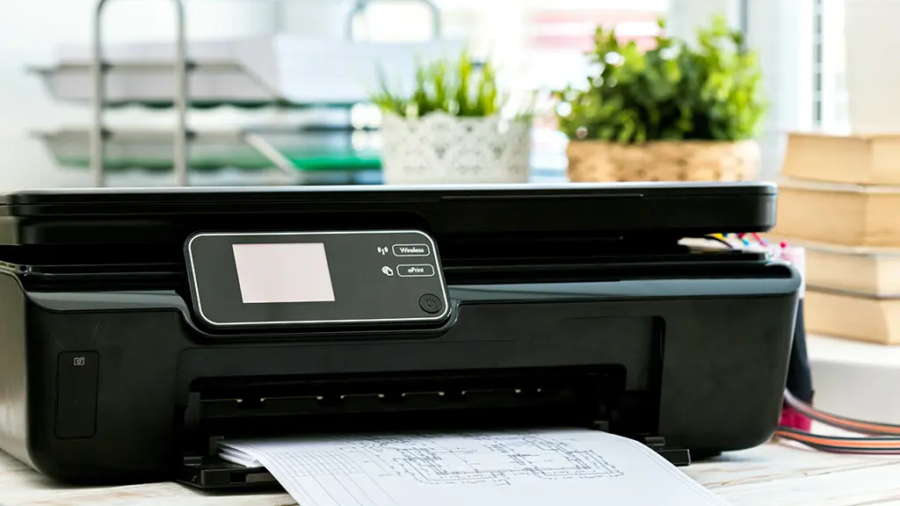If you’re having trouble with your scanner, there are several ways to troubleshoot and resolve common issues. Here’s a step-by-step guide to getting your scanner back in working order:
1. Check Connections
- USB Connections: If your scanner is connected via USB, ensure the cable is securely plugged into both your computer and scanner. Try a different USB port if available.
- Wireless Connections: For wireless scanners, make sure your scanner and computer are on the same Wi-Fi network. Try reconnecting to the network if needed, or reset the Wi-Fi settings on the scanner.
2. Restart the Scanner and Computer
- Turn off both your scanner and computer. Wait for a few seconds, then turn them back on. Restarting both devices can often resolve minor issues.
3. Update or Reinstall Scanner Drivers
- Go to the manufacturer’s website and download the latest drivers for your scanner model. Updating drivers can resolve compatibility issues, especially after a recent system update.
- If updating doesn’t work, try uninstalling and reinstalling the driver:
- On Windows, go to Device Manager, find your scanner under Imaging devices, right-click, and select Uninstall device. Restart your computer, and Windows should reinstall the driver automatically.
- On macOS, you can delete and re-add the scanner in System Preferences > Printers & Scanners.
4. Check the Scanner’s Software
- Most scanners come with their own software. Ensure the scanner’s software is up to date and configured correctly.
- Try using the manufacturer’s scanning application rather than a third-party app to see if the issue persists.
5. Run the Scanner Troubleshooter (Windows)
- Windows has a built-in troubleshooter for scanning devices:
- Go to Settings > Update & Security > Troubleshoot > Additional troubleshooters.
- Select Scanner and follow the prompts to let Windows detect and fix any issues.
6. Check for Operating System Updates
- Operating system updates sometimes fix compatibility issues with scanners:
- On Windows, go to Settings > Update & Security > Windows Update and check for updates.
- On macOS, go to System Preferences > Software Update.
7. Clear Scanner Queue
- Sometimes, pending or stuck scan jobs can cause issues. Check the scanner’s queue in the scanner software and clear any jobs that are not progressing.
8. Inspect Scanner Hardware
- If your scanner isn’t responding, make sure the scanner lid is securely closed, and that there are no obstructions in the scanner bed.
- Clean the scanner glass to ensure there are no smudges or dust particles, as these can interfere with scan quality.
9. Check Scanner Settings and Resolution
- If your scans are low quality, verify that you’re using the correct resolution settings. For text documents, 300 DPI (dots per inch) is standard, while for photos, 600 DPI or higher may be better.
10. Try Another Application
- If you’re using a third-party scanning app, try switching to the scanner’s default app or another scanning application. Windows Fax and Scan (on Windows) and Preview (on macOS) are built-in apps that can work with most scanners.
11. Reset the Scanner
- If other steps haven’t worked, consider performing a factory reset on your scanner. Refer to the user manual for instructions on resetting your specific model.
12. Contact Technical Support
- If none of the above steps resolve the issue, it may be time to contact the scanner’s technical support for further assistance. They can provide more specific guidance or recommend repairs if there’s a hardware problem.
With these steps, you should be able to resolve most scanner issues and get back to scanning smoothly.

